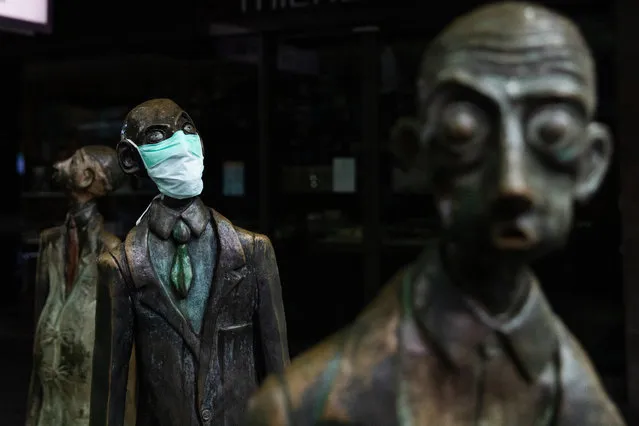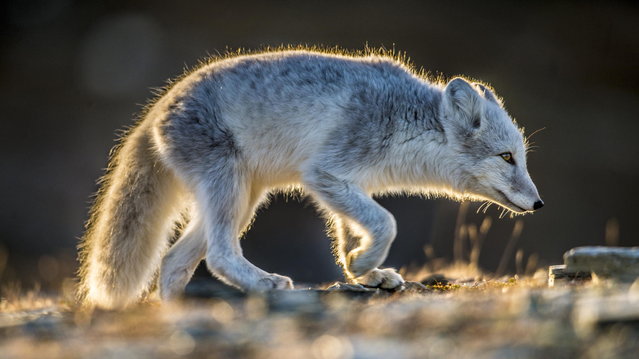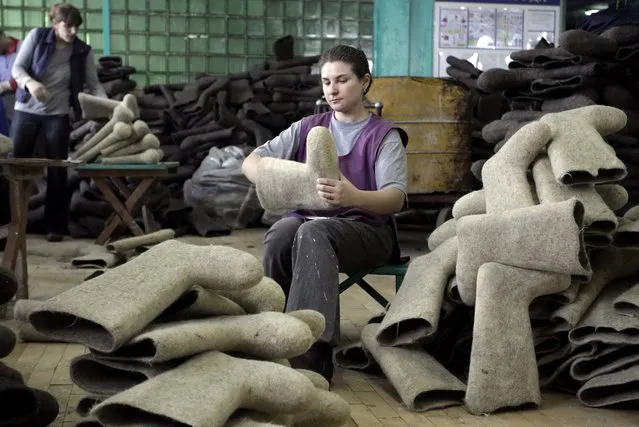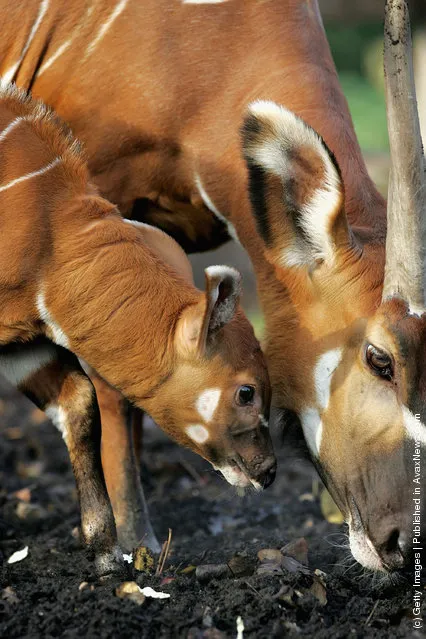
Stuart Craig of Washington tries out a Sig Sauer 1911 model Scorpion pistol at the Sig Sauer booth at the National Shooting Sports Foundation's 34th annual Shooting, Hunting, Outdoor Trade (SHOT) Show at the Sands Expo and Convention Center January 17, 2012 in Las Vegas, Nevada. The SHOT Show is the largest annual gathering of shooting professionals with more than 1,600 exhibitors and 30,000 attendees expected. (Photo by Ethan Miller/Getty Images)
18 Jan 2012 08:56:00,post received
0 comments







